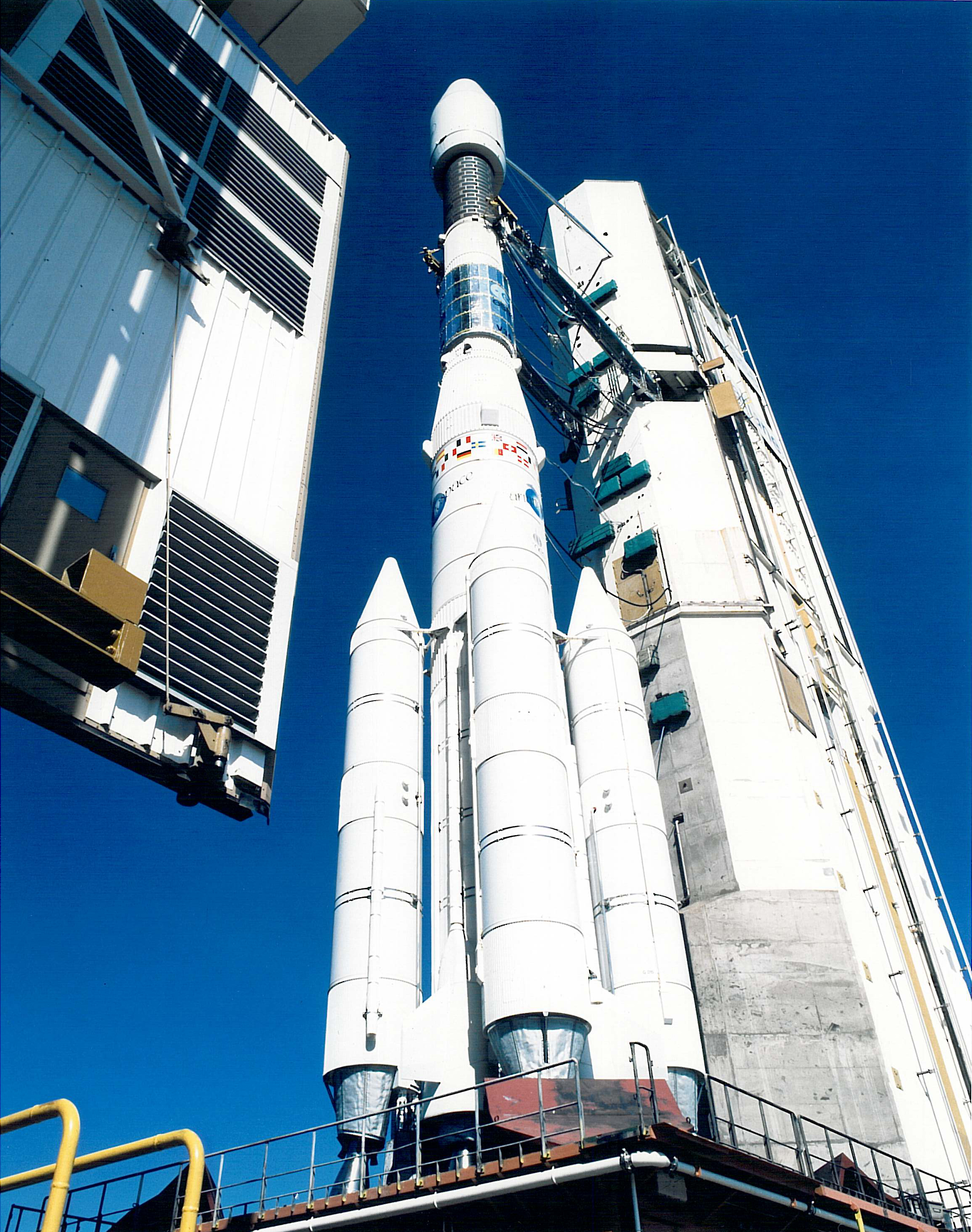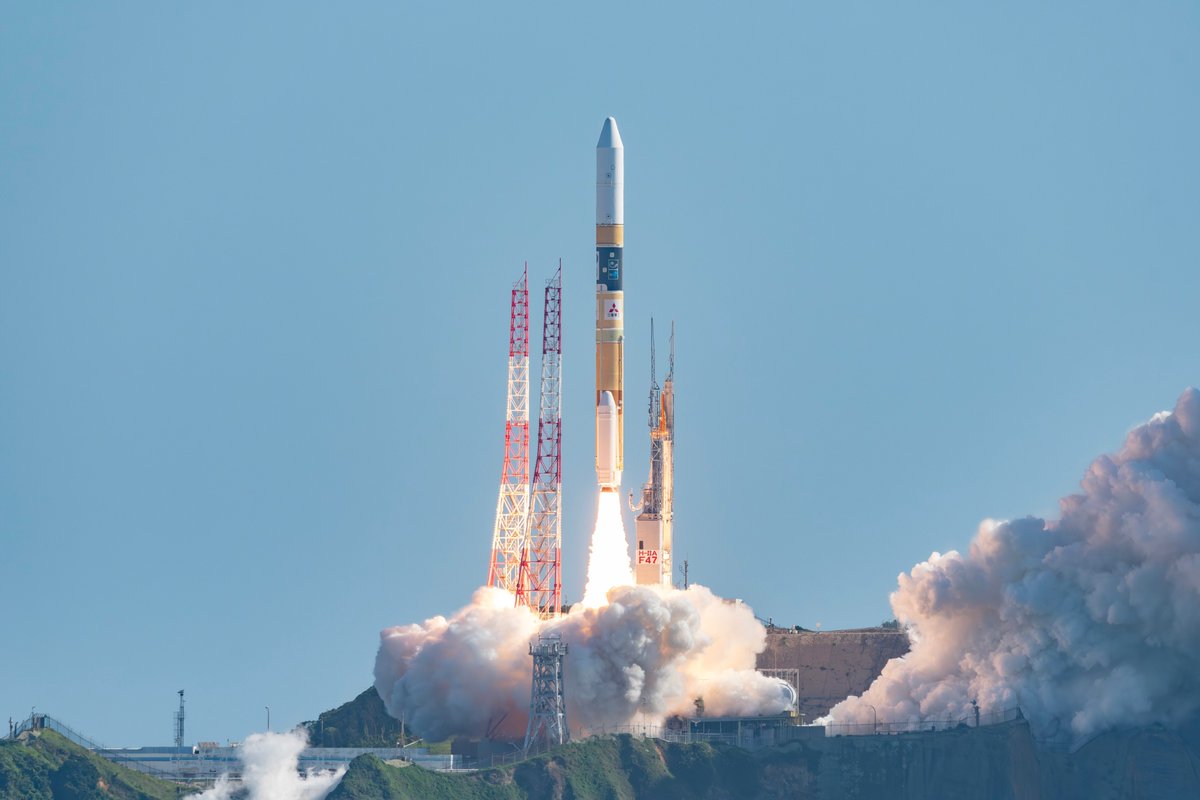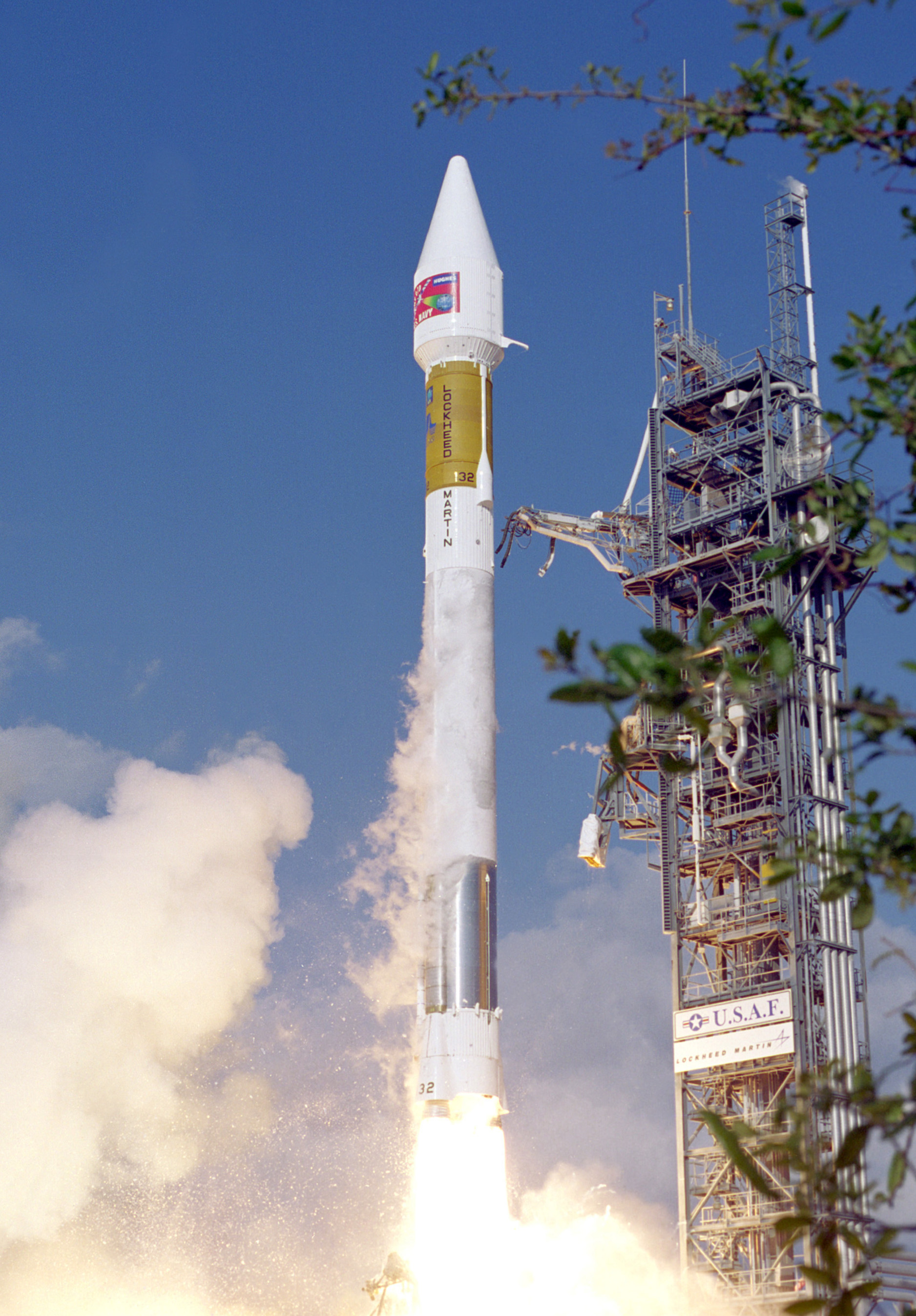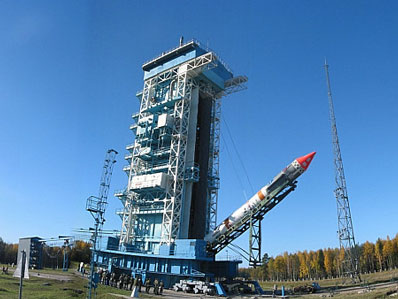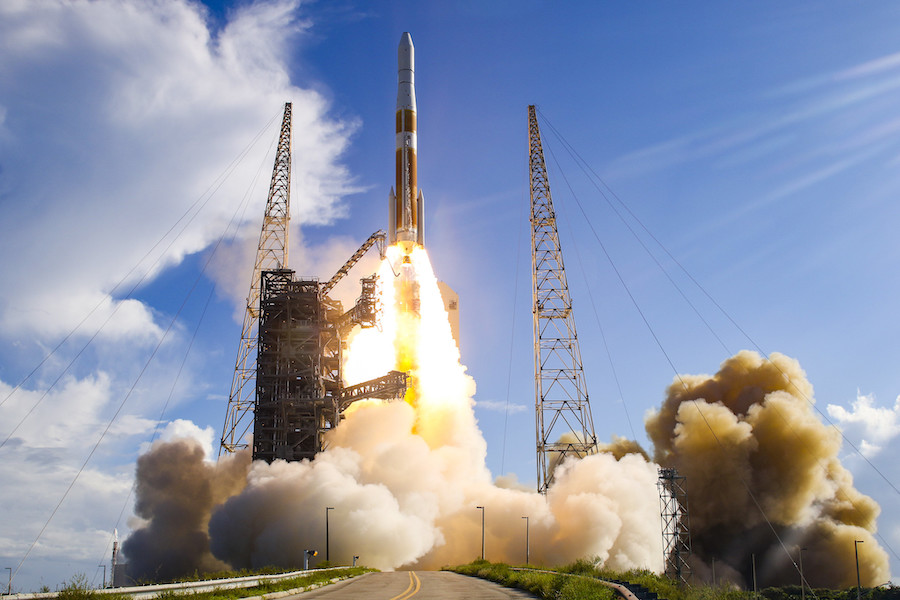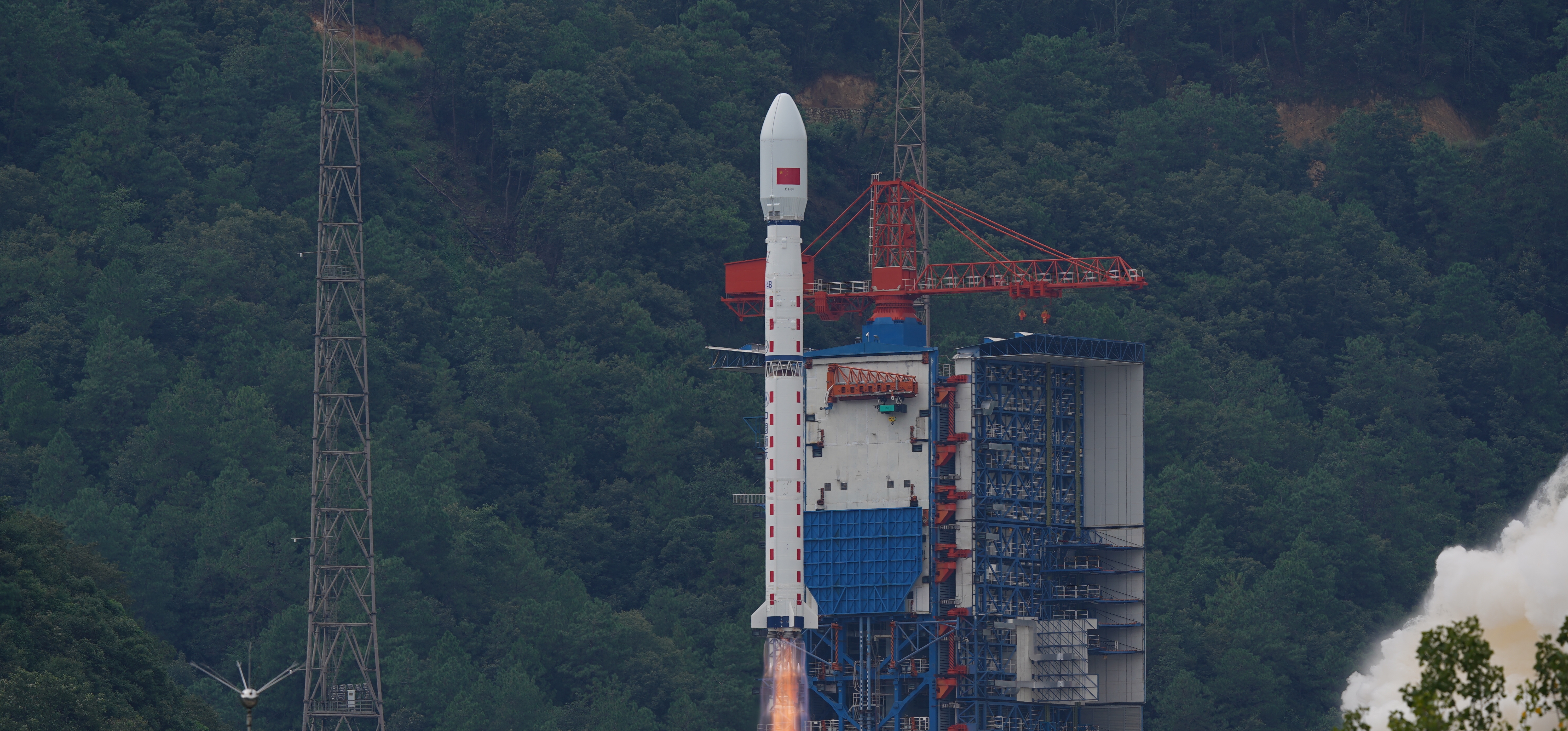Previous Spaceflight Launches
Filter by Agency, Locations or Vehicles
Show All LaunchesAriane 44L | NSS 6
Aérospatiale | FranceGuiana Space Centre, French Guiana
Dec. 17, 2002, 11:04 p.m.
H-IIA 202 | Midori-2
Mitsubishi Heavy Industries | JapanTanegashima Space Center, Japan
Dec. 14, 2002, 1:31 a.m.
Ariane 5 ECA | Hot Bird 7 & Stentor
ArianeGroup | FranceGuiana Space Centre, French Guiana
Dec. 11, 2002, 10:21 p.m.
Status: Launch Failure
Mission:
Hot Bird 7 was a French communications satellite for direct to home broadcasting services from geostationary orbit at a longitude of 13 degrees East. Stentor is an experimental programme to validate technologies to be integrated into the next generation of telecommunications spacecraft.
Geostationary Transfer OrbitAtlas IIA | TDRS 10
Lockheed Martin | United States of AmericaCape Canaveral SFS, FL, USA
Dec. 5, 2002, 2:42 a.m.
Kosmos-3M | AlSat-1
Russian Space Forces | RussiaPlesetsk Cosmodrome, Russian Federation
Nov. 28, 2002, 6:07 a.m.
Proton-K/DM-2M | Astra 1K
Khrunichev State Research and Production Space Center | RussiaBaikonur Cosmodrome, Republic of Kazakhstan
Nov. 25, 2002, 11:04 p.m.
Space Shuttle Endeavour / OV-105 | STS-113
National Aeronautics and Space Administration | United States of AmericaKennedy Space Center, FL, USA
Nov. 24, 2002, 12:49 a.m.
Status: Launch Successful
Mission:
STS-113 was a Space Shuttle mission to the International Space Station (ISS) flown by Space Shuttle Endeavour. During the 14-day mission in late 2002, Endeavour and its crew extended the ISS backbone with the P1 truss and exchanged the Expedition 5 and Expedition 6 crews aboard the station. With Commander Jim Wetherbee and Pilot Paul Lockhart at the controls, Endeavour docked with the station on 25 November 2002 to begin seven days of station assembly, spacewalks and crew and equipment transfers. This was Endeavour’s last flight before entering its Orbiter Major Modification period until 2007, and also the last shuttle mission before the Columbia disaster.
Low Earth OrbitDelta IV M+(4,2) | Eutelsat W5
United Launch Alliance | United States of AmericaCape Canaveral SFS, FL, USA
Nov. 20, 2002, 10:39 p.m.
Soyuz-FG | Soyuz TMA-1
Progress Rocket Space Center | RussiaBaikonur Cosmodrome, Republic of Kazakhstan
Oct. 30, 2002, 3:11 a.m.
Status: Launch Successful
Mission:
Soyuz TMA-1 covers Expedition 5 and 6 by carrying 3 astronauts and cosmonauts to the International Space Station. Russian Commander, cosmonaut Sergei Zalyotin alongside Flight Engineers, Frank De Winne (ESA) & Yury Lonchakov (RSA) will launch aboard the Soyuz spacecraft from the Baikonur Cosmodrome in Kazakhstan and then rendezvous with the station. The landing crew on TMA-1 are Commander Nikolai Budarin (RSA) and Flight Engineers Kenneth Bowersox (ESA), Donald Pettit (NASA). It landed on May 4, 2003, 02:04:25 UTC
Low Earth OrbitLong March 4B | Zi Yuan-2 02 xing
China Aerospace Science and Technology Corporation | ChinaTaiyuan Satellite Launch Center, People's Republic of China
Oct. 27, 2002, 3:17 a.m.
Status: Launch Successful
Mission:
JB-3 2 was nominally a Chinese (PRC) remote sensing satellite, although US intelligence sources indicated it had primarily an intelligence imaging mission. JB-3 2 was the name adopted by the USSPACECOM. Most news reports from China and elsewhere use different names: ZY-2B (acronym for ZiYuan-2B, translated as Resource-2B), and Zhong Guo Zi Yuan Er Hao, translated as China Resource 2. No information was available on the instruments onboard the JB-3 2, but officially it was intended 'for territorial survey, environment monitoring and protection, urban planning, crop yield assessment, disaster monitoring, and space scientific experiments'.
Sun-Synchronous Orbit